
Aha! :: Elliance Blog
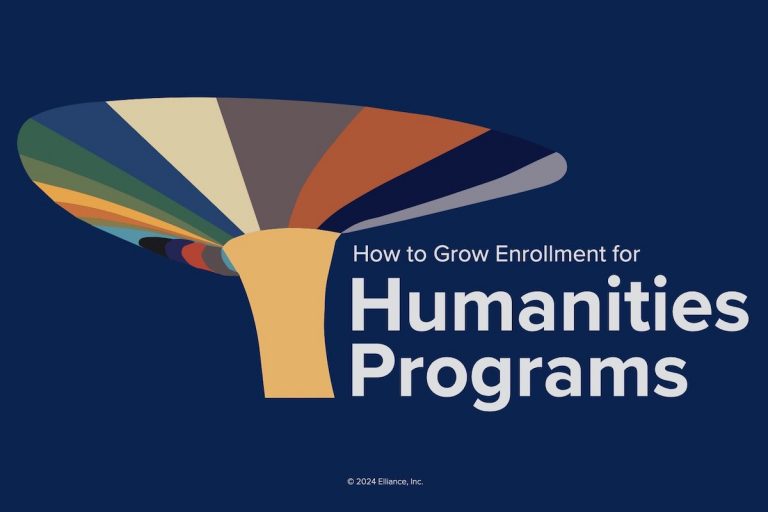
Humanities education is under siege. This is perhaps one of the grand challenges of the twenty first century. In our view, this is more a challenge of marketing imagination and faculty involvement, and less a challenge of enrollment. Ironically, the perceived interest in humanities amongst students and families appears to be dwindling, while demand for […]
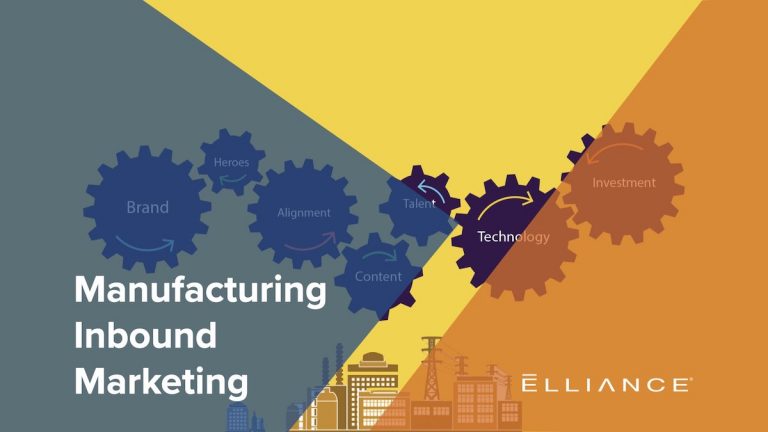
Inbound marketing is the process of creating valuable content, attracting potential customers online, engaging prospects, and nurturing customer relationships through the buyer’s journey. Prospect relationships are proactively managed with CRM systems and marketing automation software. An advanced manufacturing client asked us to share our inbound marketing thinking with their team. This is what we shared with […]

Microsites offer colleges, universities and higher education institutions a powerful tool for addressing specific needs with focused, flexible, and engaging online experience. By distilling arguments, they enhance communication, improve user engagement, and support targeted marketing and outreach efforts, making them an essential component of modern higher education strategies. They usually reside on a separate sub-domain […]

As a data-driven computer scientist, I only became a believer in the power of great photos over a lifetime of experiences. I witnessed photoshoots change the destiny of graduate programs. I watched photoshoots liberate enrollment growth for graduate programs that despite being ranked on Google position one, were merely limping along. I witnessed unlocking of […]
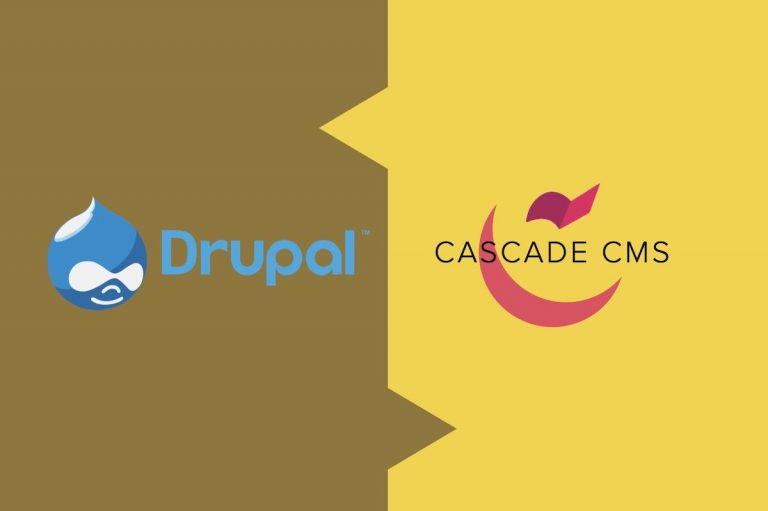
Drupal and Cascade are both content management systems (CMS) that power higher education, government and institutional websites. As an agency we have been using both platforms for more than a decade and have built dozens of websites with each CMS. This is a quick primer on when to choose one over the other. But first […]

There is substantial upheaval in higher education. Colleges and universities are navigating a complex landscape characterized by demographic shifts, technological advancements, economic pressures, evolving student expectations and even outright questioning the value of college education. An institutional marketing plan is crucial for colleges to navigate these complexities. It helps them attract and retain students, enhance […]
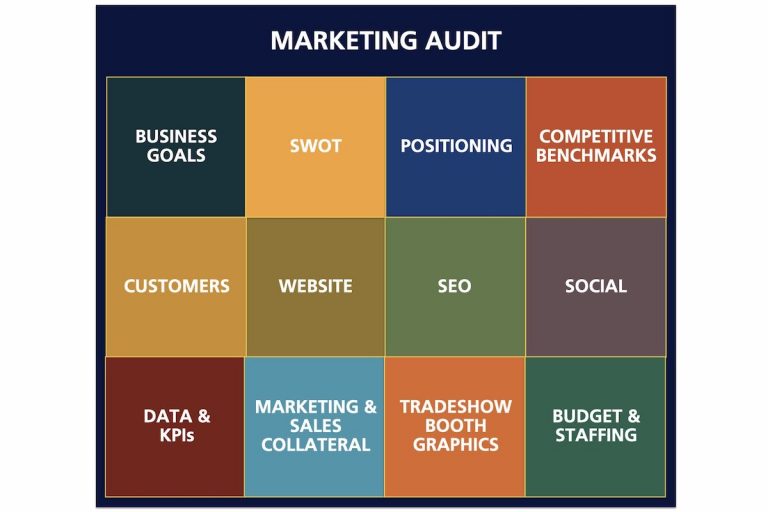
Occasionally, manufacturers set out to achieve new ambitious goals and aspirations, like doubling their business, opening new markets, and becoming a leader in their space. Before they formulate a new strategy to achieve their goals is the perfect time to take stock of their marketing by undertaking a marketing audit. A comprehensive marketing audit takes […]
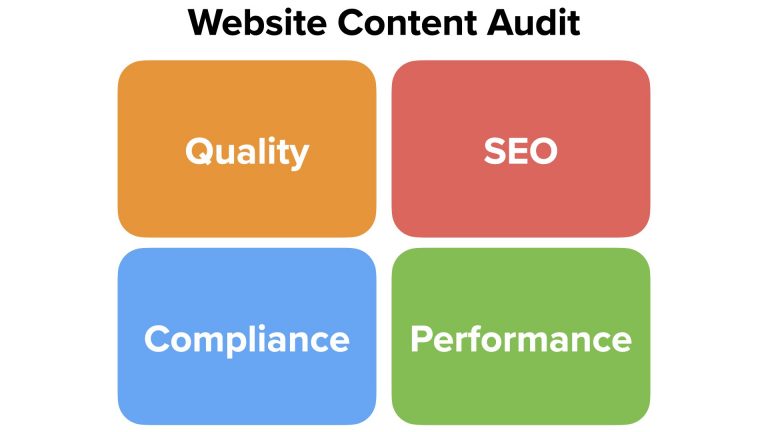
A college brand will rise or fall based on its ability to curate and sustain great content. Other things matter, but nothing matters like content. Great content will galvanize prospects, faculty, staff, alumni, donors and partners to take action. Great content will grow enrollment, endowment and reputation. Great content will liberate prosperity by tapping unrealized […]
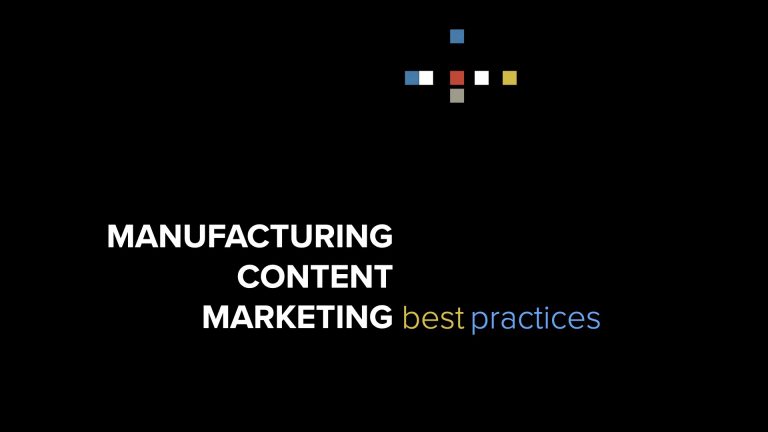
Great content is the lifeblood of successful industrial brands. Most manufacturers are reluctant to produce content, but the few who do don’t fully understand the steps to make content “productive” in service of realizing demand generation and reputation building goals. In an earlier post, we shared a 101 Basics Guide for Manufacturing Content Marketing Strategy […]

While user-facing aspects often dominate discussions about AI’s effects on website development, we discuss the impact of these exciting advancements on being integrated into backend functionalities.